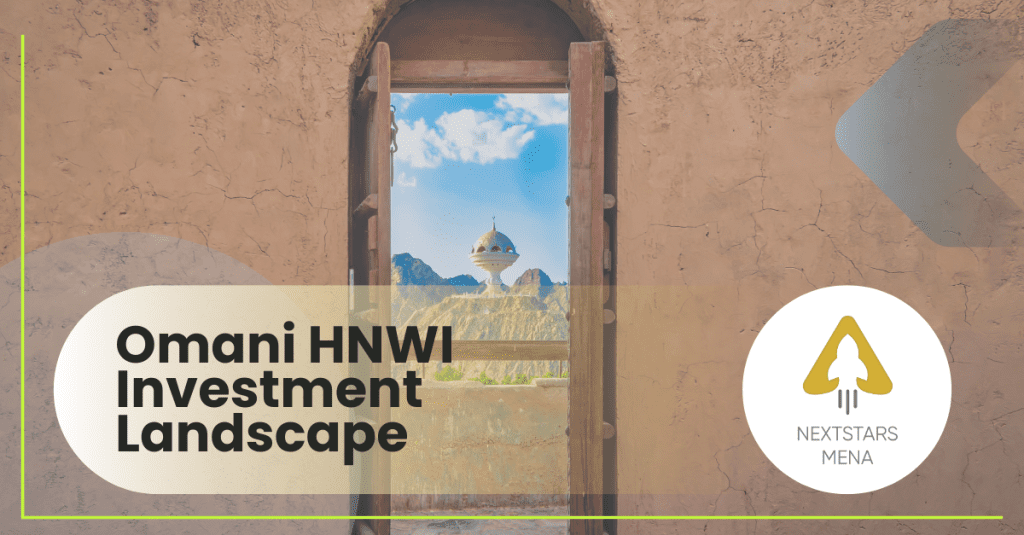Note: This post is also published on The Future Economy website. Click here to read the article there!
Canada’s startup ecosystem is renowned for its innovative potential, supported by AI research, software development, and world-class institutions. Yet, as highlighted in our previous analysis, “Canada’s Tech Dilemma: A Hub for Innovation, But a Struggle for Scale,” this potential has not translated into scalable growth. Recent CVCA reports reveal declining venture capital investments and sectoral stagnation.
After peaking at $15.5 billion in 2021 across 843 deals, venture capital dropped sharply to $7.1 billion in 2023 and just $3.6 billion in the first half of 2024. This decline threatens key sectors like software, with fewer new companies and reduced funding hindering early- and growth-stage startups.
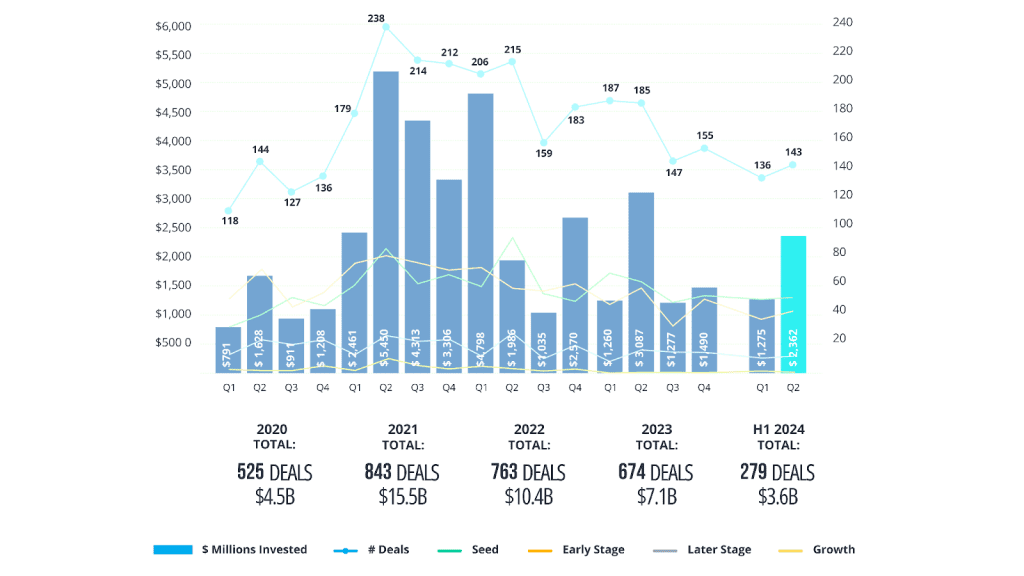
The software industry, once a driver of Canada’s growth, has seen dramatic declines in new companies and funding since 2017.
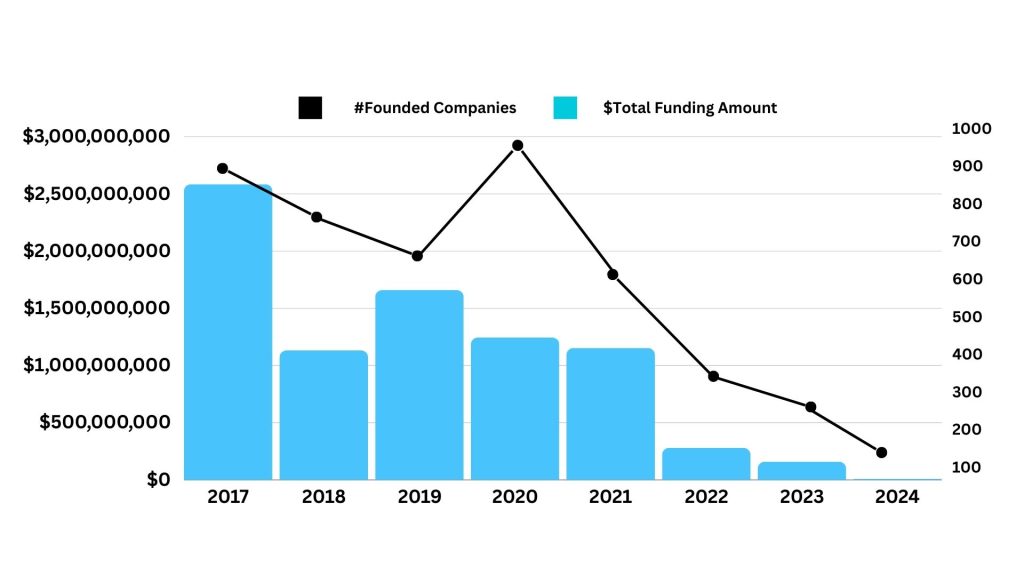
Early-stage funding, which peaked at over $1.5 billion per quarter in 2021, has dwindled, while growth-ready startups face limited capital. This bottleneck has stifled innovation and scaling.
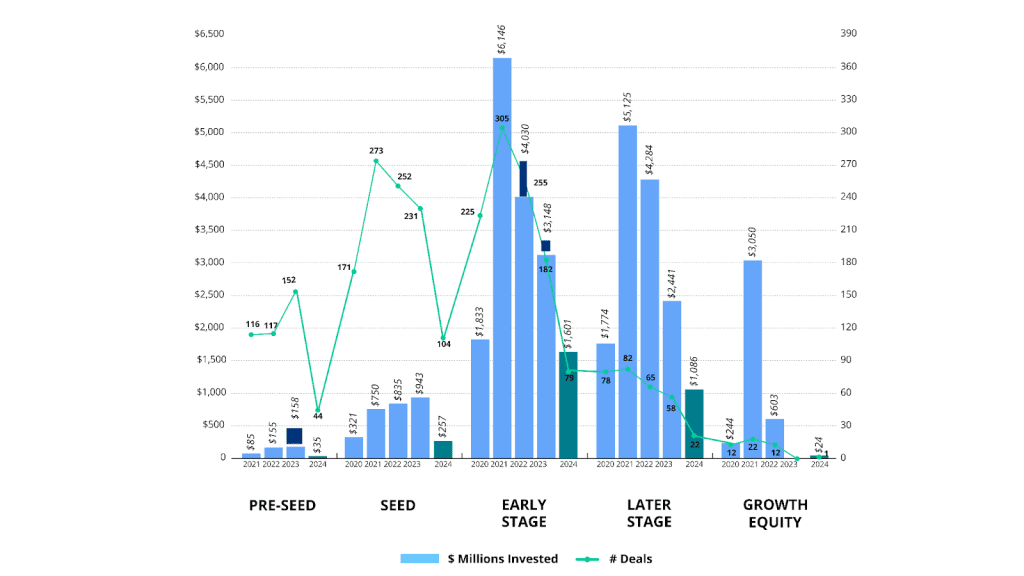
The very definition of a “startup” has evolved. No longer small and scrappy, modern startups must navigate a complex environment dominated by tech giants, especially in Canada, where proximity to the U.S. presents both opportunities and challenges. The rise of AI has further reshaped the landscape, enabling large companies to consolidate their dominance and expand rapidly, creating an uphill battle for Canadian startups. This dynamic places immense pressure on emerging companies to integrate AI, adapt swiftly, and find innovative pathways to growth.
To thrive, Canada must pivot strategically, focusing on its core strengths—“Canada’s Thing”—to build a sustainable, globally competitive startup ecosystem. By addressing current challenges, leveraging its advantages, and aligning with global trends, Canada can secure leadership in sectors that drive long-term innovation and economic resilience. This article explores how strategic investments, and targeted support can ensure Canada’s startup ecosystem remains vibrant and competitive on the world stage.
“To thrive, Canada must pivot strategically, focusing on its core strengths—“Canada’s Thing”—to build a sustainable, globally competitive startup ecosystem.”
A Strategic Blueprint for Canada’s Growth: Our Methodology Explained

Canada’s strategic focus requires a structured approach to foster economic development and global competitiveness. This framework involves four steps:
- Identify Challenges: Address domestic issues to create immediate revenue opportunities for startups, anchoring them in Canada and enhancing their ability to compete globally.
- Leverage Strengths: Build on Canada’s existing advantages to enable more efficient scaling.
- Align with Opportunities: Target investments where strengths meet strategic needs for maximum impact.
- Expand Globally: Export innovations by aligning domestic solutions with global demands.
This approach supports sustainable growth while preserving Canadian identity in expanding markets. Though this article outlines a foundation, further research is essential to develop a detailed roadmap for long-term success.
Current Challenges Facing Canada
Canada faces interconnected challenges that impact its economic stability, social cohesion, and global competitiveness. Addressing these issues is vital for sustainable growth and long-term prosperity.
- Aging Population: By 2023, 7.6 million Canadians (18.9% of the population) were 65 or older, with projections reaching 21.4% to 23.4% by 2030. Seniors’ healthcare costs ($12,000 annually per person) far exceed those of younger individuals, straining the system and reducing the working-age population. Strategic resource allocation is essential to sustain healthcare services.
- Housing Crisis: Rising property prices and limited supply leave 10% of households in core housing need. The CMHC estimates 3.5 million additional housing units are required by 2030. Urban centers like Toronto and Vancouver are hardest hit, with affordability issues increasing homelessness and talent retention challenges.
- Managing Diversity: Immigrants (23% of the population in 2021) contribute to economic and cultural growth but strain housing, healthcare, and education systems. Tech solutions are needed to integrate newcomers effectively into the workforce.
- Climate Change: Canada has warmed by 1.7°C since 1948, leading to severe weather events like the 2023 wildfire season, which burned 15 million hectares. In 2020, the country emitted 672 megatons of CO₂, with 22.4% from the oil and gas sector. Stronger policies and investment in clean technologies are required to meet global commitments.
- Population Distribution: With 90% of Canadians living near the U.S. border, vast northern areas are sparsely populated, complicating infrastructure and economic connectivity. Investments in logistics and infrastructure are necessary to address supply chain disruptions and improve urban-rural connections.
- Food Security: Agriculture, contributing 7% to GDP, faces climate impacts, labor shortages, supply chain disruptions, and trade barriers. Innovations in AgriTech, sustainable practices, and stronger trade partnerships are critical to ensuring a stable food supply.
- Low Birth Rate: Canada’s fertility rate dropped to 1.26 in 2023, far below the replacement rate of 2.1. Declining birth rates threaten demographic sustainability and increase pressure on social support systems, requiring policies to support families and encourage child-rearing.
- Talent Retention: Between 2015 and 2020, 0.7% of Canadian university graduates emigrated annually, mainly to the US, with STEM professionals most affected. Competitive opportunities and stronger R&D funding are vital to retain talent and foster innovation.
“Rising property prices and limited supply leave 10% of households in core housing need. The CMHC estimates 3.5 million additional housing units are required by 2030.”
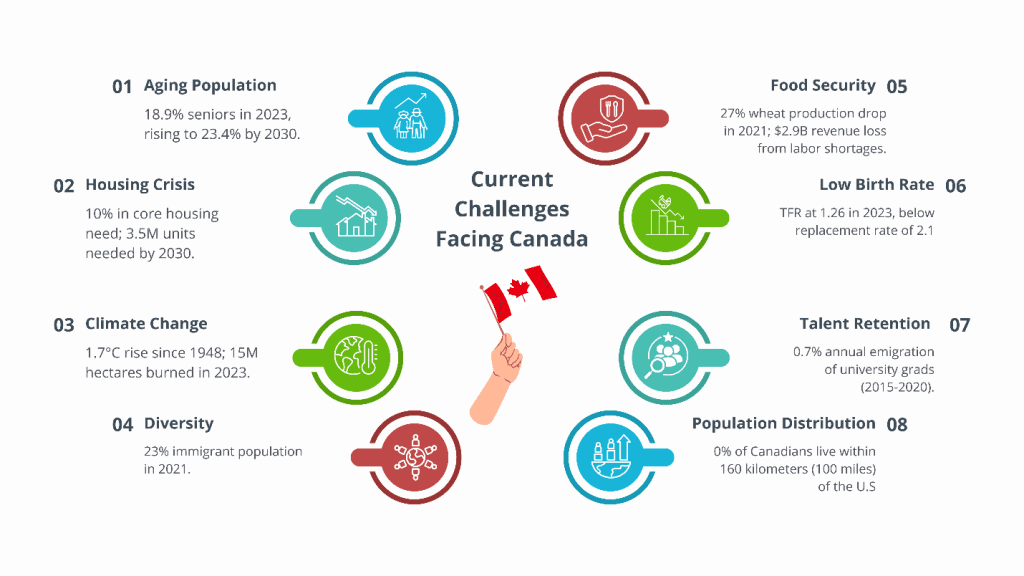
“Canada has warmed by 1.7°C since 1948, leading to severe weather events like the 2023 wildfire season, which burned 15 million hectares. In 2020, the country emitted 672 megatons of CO₂, with 22.4% from the oil and gas sector.”
Canada’s Competitive Advantages

Canada has significant strengths that can address domestic challenges and enhance its global position:
- Natural Resources and Sustainability: With abundant resources and renewable energy leadership, Canada is poised to lead in Cleantech development and global carbon reduction efforts.
- World-Class Talent and Research: A highly educated workforce, strong STEM expertise, and top-tier research institutions drive innovation in AI, biotechnology, and advanced manufacturing.
- Government Support for Innovation: Programs like SDTC, IRAP, and SR&ED, along with $2.4 billion invested in AI, highlight Canada’s commitment to technological advancement and startup growth.
- Global Market Access: Trade agreements such as CUSMA, CETA, and CPTPP give access to 1.5 billion consumers. Political stability and a strong reputation for quality and sustainability enhance Canada’s appeal to investors and partners.
- Diversity as an Advantage: With immigrants constituting 23% of the population in 2021, Canada’s cultural diversity fuels innovation and global collaboration, providing businesses with access to international markets and partnerships.
Aligning Canada’s Strengths with Critical Challenges
Canada must harness its strengths to tackle domestic challenges and drive sustainable development. Five strategic focus areas include:
- Cleantech and Sustainability: Climate change necessitates solutions like carbon capture, renewable energy, and green infrastructure. Canada’s natural resources enable leadership in addressing environmental challenges while boosting the economy.
- HealthTech Innovation: An aging population strains healthcare systems. Innovations in telemedicine, AI diagnostics, and senior care can enhance delivery and meet rising demands, supported by Canada’s strong research and medical workforce.
- Diversity and Tech Solutions: Integrating newcomers requires tech tools like training platforms and blockchain for credentials, enhancing productivity and promoting social cohesion.
- AgriTech for Food Security: Labor shortages and climate impacts threaten agriculture. Precision farming, automation, and resilient crops can stabilize food supplies and bolster rural economies.
- Population and Logistics: Geographic dispersion complicates supply chains. AI-driven logistics and infrastructure investments improve reliability, reduce disruptions, and enhance connectivity.
“Climate change necessitates solutions like carbon capture, renewable energy, and green infrastructure. Canada’s natural resources enable leadership in addressing environmental challenges while boosting the economy.”
Exporting Innovation to Global Markets
Canada can secure global leadership by exporting innovations in Cleantech, HealthTech, and AgriTech, aligning its strengths with rising international demand. These sectors address global challenges while driving economic growth.
- Cleantech: With vast natural resources and expertise in renewable energy, Canada is poised to lead in carbon capture, solar and wind technologies, and green infrastructure. Trade agreements like CETA and CPTPP open new markets.
- HealthTech: Canada’s research institutions and skilled workforce support telemedicine, AI-based diagnostics, and senior care technologies, meeting the needs of aging populations and transforming global healthcare systems.
- AgriTech: Climate change impacts food security, creating demand for precision farming, resilient crops, and automation. Canada’s agricultural innovations position it to address these challenges and expand global influence.
AI’s Role in Innovation: AI drives advancements across these sectors, optimizing energy systems, enhancing healthcare diagnostics, and improving precision farming. By leveraging AI, Canada scales impactful solutions and solidifies its global leadership.
“Canada’s research institutions and skilled workforce support telemedicine, AI-based diagnostics, and senior care technologies, meeting the needs of aging populations and transforming global healthcare systems.”
Defining Canada’s Thing
Canada stands at a crucial point where the need to define its strategic focus is more important than ever. By aligning its strengths with both domestic and global challenges, Canada can carve out a distinctive role in the international landscape—“Canada’s Thing.” This focus will not only drive sustainable economic growth but also position the nation as a proactive contributor to solving pressing global issues.
Throughout this analysis, we have identified key areas where Canada holds a competitive advantage:
- Cleantech and Sustainability: Leveraging natural resources and existing expertise to lead in the fight against climate change.
- HealthTech: Innovating solutions to meet the demands of an aging population, both domestically and internationally.
- AgriTech: Developing technologies to enhance food security and sustainable farming practices.
By focusing on these areas, Canada can build a sustainable future, fuel local prosperity, and export world-class solutions. Bold, strategic actions today will secure Canada’s position as a global leader in innovation and sustainability.



